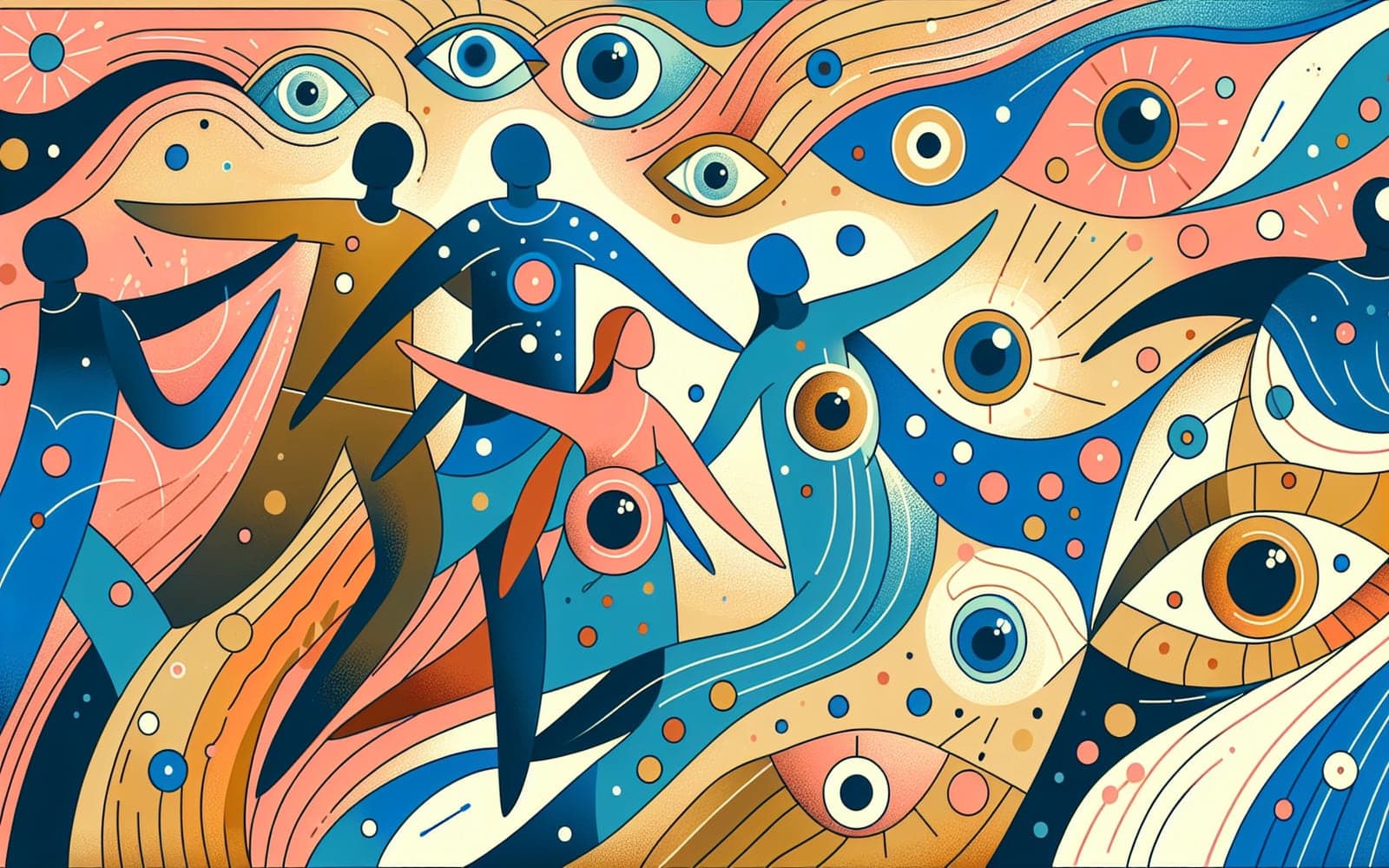Nystagmus: Why Are Your Eyes Dancing?
Published: Feb 15, 2024

Medically reviewed by Alan Lucks | MD, Alan Lucks MDPC Private Practice - New York on February 15th, 2024.
Ever feel like the world is spinning? It might be nystagmus, a condition where your eyes move involuntarily. Let's dive into this eye-catching phenomenon!
Contents
What Exactly is Nystagmus?
Nystagmus is like a dance party in your eyes that you didn't plan. It's a condition where your eyes make repetitive, uncontrolled movements. Imagine your eyes as a pendulum, swinging back and forth, or jerking quickly in one direction before slowly drifting back. These movements can be horizontal, vertical, or even circular!
Types of Nystagmus: It Takes Two to Tango
There are two main types of nystagmus: jerk and pendular. Jerk nystagmus is like a quick step dance - a slow drift in one direction followed by a fast jerk back. Pendular nystagmus, on the other hand, is more like a smooth waltz, with eyes moving back and forth at the same speed. Each type can have different causes and implications for your health.

Symptoms: More Than Meets the Eye
Nystagmus isn't just about eye movements. It can come with a whole host of symptoms that might make you feel like you're on a carousel. Vertigo (a spinning sensation), blurred vision, and balance problems are common. Some people even experience oscillopsia - a false sense that the world around them is constantly in motion. It's like being in a funhouse mirror room, but not nearly as fun!
Frequently Asked Questions
Treatment depends on the cause, but many cases can be managed effectively.
It can cause blurred vision and difficulty focusing.
Not usually, but it can cause discomfort and dizziness.
Yes, it can be present at birth or develop in childhood.
Key Takeaways
Understanding nystagmus is crucial for early detection and effective management of this eye-catching condition.
Concerned about your eye movements? Chat with Doctronic, your AI health companion, to learn more about nystagmus and when to seek professional help.Related Articles
References
Gresty MA, Bronstein AM, Page NG, Rudge P. Congenital-type nystagmus emerging in later life. Neurology 1991; 41:653.
Leigh RJ, Averbuch-Heller L, Tomsak RL, et al. Treatment of abnormal eye movements that impair vision: strategies based on current concepts of physiology and pharmacology. Ann Neurol 1994; 36:129.
This article has been reviewed for accuracy by one of the licensed medical doctors working for Doctronic. Always discuss health information with your healthcare provider.

